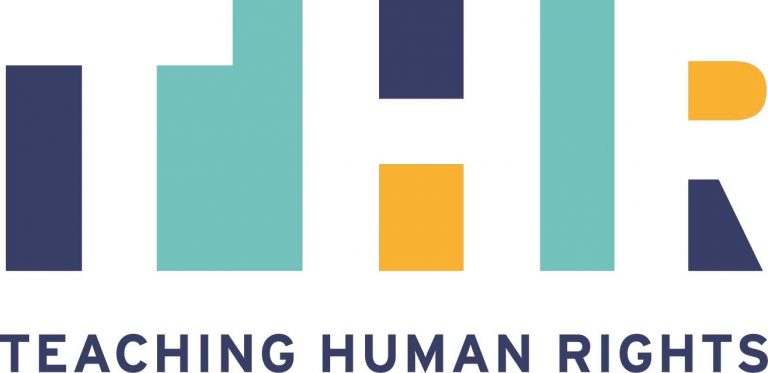
About the Database
This online database provides lesson plans and tools to support the integration of human rights into any college classroom as well as the creation of interdisciplinary introductory human rights courses. Human Rights have certain meanings within particular frameworks and disciplines. Often, we are only familiar with our own one. As teachers and researchers of human rights, it is our explicit aim to move beyond our disciplinary constraints.
We envision this resource as reflective of the Connecticut School of Human Right’s interdisciplinary approach to teaching human rights. The core of our methodology is the belief that human rights is not the province of any one academic discipline, and thus interdisciplinarity is necessary to provide a robust multifaceted understanding of human rights. Only by studying human rights from the multiple and intersecting perspectives evolving within and between the disciplines, can we present students with a complex, yet accessible appreciation of human rights.
Our database offers college teachers the opportunity to add topics and lessons to their classroom that come from a range of disciplines and use a variety of methods, enhancing interdisciplinarity and a broader understanding of human rights. Teacher can choose to include selected lessons to complement their courses or create an interdisciplinary introduction to human rights course.
About Our Group
The Teaching Human Rights Working Group was established in 2012 at the University of Connecticut’s Human Rights Institute. As an interdisciplinary group, we seek to provide a forum for conversation on the pedagogy of human rights and to answer larger questions related to teaching in the field, such as: What does interdisciplinary mean in relation to undergraduate teaching? And how do we integrate multiple disciplines’ perspectives on human rights in our own classrooms? Guided by the questions, we embarked on developing a database of various teaching activities that could be used by instructors around the country who similarly wanted to bring diverse disciplines into conversation within their own courses.